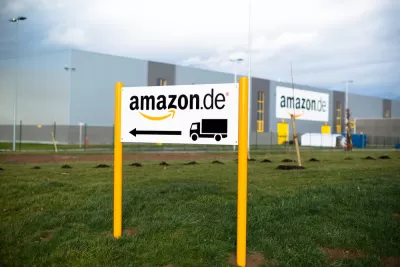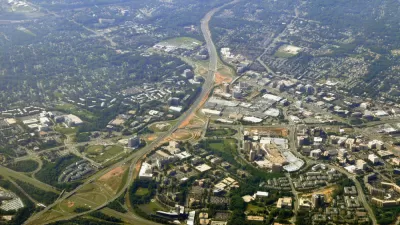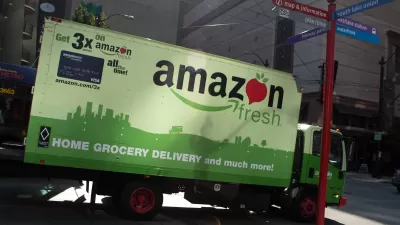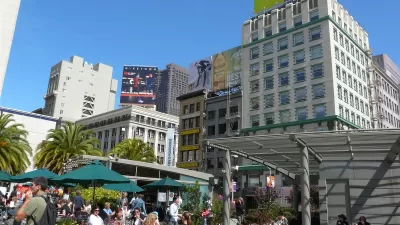Articles that claim online commerce have surpassed sales at brick and mortar stores are wrong, according to an article on City Observatory.

Online sales, or e-commerce, has grown rapidly in the past few years, but widely published assertions that they represent half of all retail sales are simply not true, according to a story by Joe Cortright. Cortright cites stories in Next City and Fortune that claim internet sales have surpassed those from brick and mortar stores, Cortright cites data from the Census Bureau that directly contradicts those stories, "E-commerce retail sales in the second quarter of 2016 were $97 billion, equal to about 8.1 percent of total retail sales in the U.S." This is not a difference that could be explained away as the natural variance between two studies. It's a difference in kind.
In tracking down the source of these statistics, Cortright came across an online study of frequent, avid online shoppers that specifically sought out heavy users of online shopping to investigate their perspectives.
The fallout of this growing misunderstanding of physical retail can have large implications for planners. Retailers are the crossroads of our cities and towns. They make our cities worth walking through. If they're being replaced, we need to know. Trends in retail become trends for cities, but exaggerating that process is counterproductive.
FULL STORY: Lies, damn lies, and (on-line shopping) statistics.

Planetizen Federal Action Tracker
A weekly monitor of how Trump’s orders and actions are impacting planners and planning in America.

Map: Where Senate Republicans Want to Sell Your Public Lands
For public land advocates, the Senate Republicans’ proposal to sell millions of acres of public land in the West is “the biggest fight of their careers.”

Restaurant Patios Were a Pandemic Win — Why Were They so Hard to Keep?
Social distancing requirements and changes in travel patterns prompted cities to pilot new uses for street and sidewalk space. Then it got complicated.

Platform Pilsner: Vancouver Transit Agency Releases... a Beer?
TransLink will receive a portion of every sale of the four-pack.

Toronto Weighs Cheaper Transit, Parking Hikes for Major Events
Special event rates would take effect during large festivals, sports games and concerts to ‘discourage driving, manage congestion and free up space for transit.”

Berlin to Consider Car-Free Zone Larger Than Manhattan
The area bound by the 22-mile Ringbahn would still allow 12 uses of a private automobile per year per person, and several other exemptions.
Urban Design for Planners 1: Software Tools
This six-course series explores essential urban design concepts using open source software and equips planners with the tools they need to participate fully in the urban design process.
Planning for Universal Design
Learn the tools for implementing Universal Design in planning regulations.
Heyer Gruel & Associates PA
JM Goldson LLC
Custer County Colorado
City of Camden Redevelopment Agency
City of Astoria
Transportation Research & Education Center (TREC) at Portland State University
Camden Redevelopment Agency
City of Claremont
Municipality of Princeton (NJ)





























